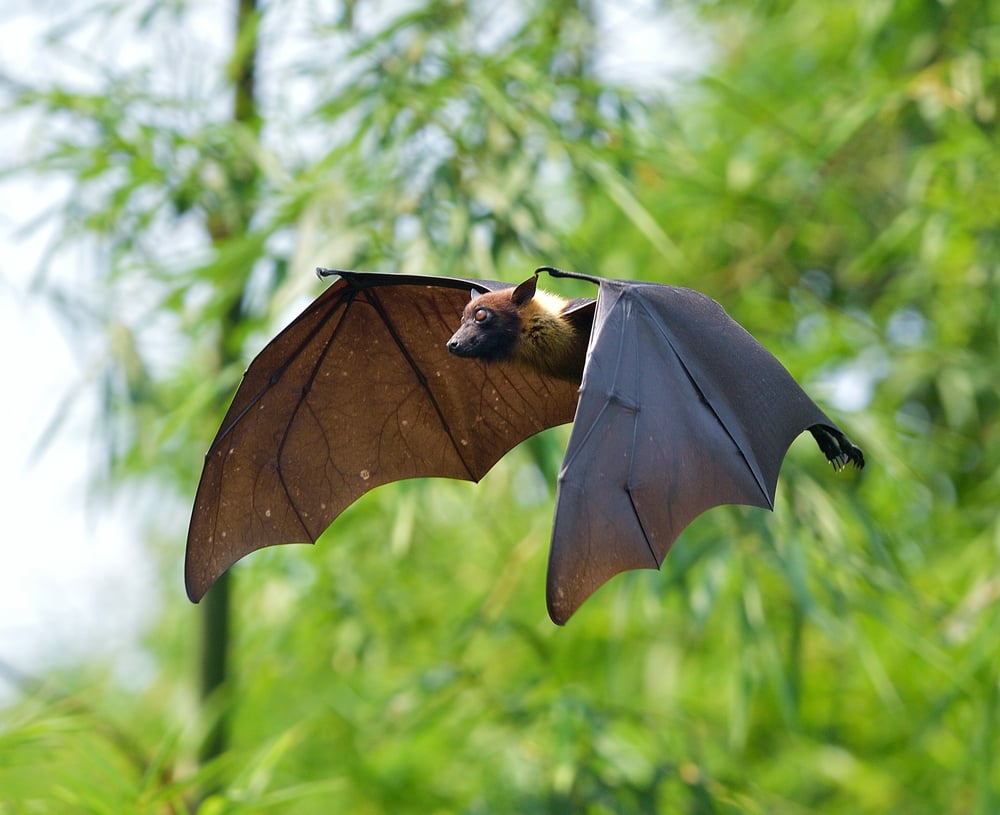When the quarantines finally end and the world returns to normal, stories will remain. People will talk for years of how they spend their time in isolation. Whether they completed jigsaws or competed in online quizzes, whether they learned a new skill or spent it all on Netflix, they will have a story to tell. We will also have stories to tell about the world. Of how different countries reacted in different ways, how some embraced humanity while others embraced the economy, and of how some solved the crisis quickly while others refused to learn the lesson. We will also tell stories about nature and this is where I want to focus today. Nature has healed during the coronavirus pandemic and these are some of the positive stories that will remain when normality returns.
The Dolphins
Dolphins are always a special treat when you get to see them. There have been numerous reports in the media of dolphins coming close to city ports and beaches as people are no longer in the water and the number of boats has reduced in activity. Yet India surely has the best story. The area of Kolkota ghats was once home to dolphins but after years of pollution building up, they were no longer spotted for the last thirty years. Yet since the pollution levels have dropped the dolphins returned.
The Himalayas
Punjab is another city that has an abundance of pollutants. During the coronavirus, the smog in the city started to reduce and the health of the citizens started to increase. There was no greater evidence of this than when residents realized they could actually see the Himalayan mountains from Punjab, something that was not the case for the last 100 years.
The Lions
The Kruger National Park is an incredible place where you have the chance to see some of the most outstanding wildlife in the world from Zebras and rhinos to giraffes and tigers. Yet you have to go deep into the park to see some of these animals, or at least you did have to. As the tourists have disappeared the animals have started to take over the tourist area with lions recently appearing beside one of the main tourist campsites.
These changes are incredible but the question is how long will they last? When the tourists return to South Africa the lions will escape to the areas they feel safe and if anything their free feeling will cost them. The dolphins too will soon start to experience the polluted waters once more when city life returns. While residents of Punjab will always cherish the memories of seeing the Himalayas in the distance, the smog too will return.
Global carbon emissions showed that the daily rate difference between 2020 and 2019 was about 20% lower with the annual decline expected to be eight percent lower. These are incredible reductions in carbon emissions but if normality returns and the emissions increase again the story will change from one of success to one of an almost victory. We have a rare opportunity to decide how this story will be told. We can talk about the dolphins and the monkeys landing in our world and retreating or we can talk about the difference that the coronavirus made to our environment and how we sustained it.
It may sound impossible but a number of city councils are already discussing how to change transport plans and the city structure to favor walking and cycling. If you talk to your local council about what you want they will have to listen. If everyone does this we may actually cause a change to occur. That will be a story worth telling.






